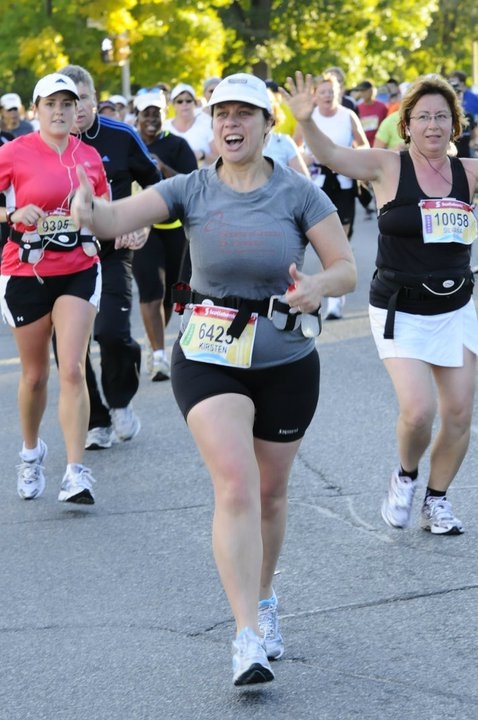Edie sipped her tea while she waited for The Beast to boot up. She hated The Beast. It kept making her download updates that she didn’t understand, and most of the emails that she got were rubbish. Damien had bought it for her when he’d been transferred to Utah, insisting that they would have to communicate daily by email. She supposed that she shouldn’t complain. Other people’s kids moved away and forgot all about them. At least her son wanted to stay in touch, and to her surprise, their daily email exchanges had become a patch of sunshine in her otherwise monotonous days.
Edie’s gaze drifted to the picture of herself and Sammy that had been taken when they were both seven. They had been best friends: when Edie and her family had been rounded up and taken to the concentration camp, they had been thrust into a small, cramped room already occupied by Sammy and his parents. Sammy had taken her under his wing. Somehow he had made her feel less afraid.
The two children had spent hours playing in the tiny room, or on the small square of dirt outside. Whenever he eluded her during tag games, or outwitted her as they played with their makeshift Checkers set, he would smile, tap the side of his head, and say, “You gotta think like a groundhog.” Edie didn’t know what this meant or what a groundhog was, but it made her laugh every time. Despite the life they were living, they were happy in their own way.
And then, one day, Edie had come back to the room with her mother to discover that Sammy and his parents were gone. Edie did not need to ask where they were or if she would ever see Sammy again. She had become used to the people around her disappearing. She knew that they went into the big building at the far end of the compound and never came out.
Now, as she looked at the picture, she shed a silent tear for her sweet, funny friend. She wondered if he had been afraid while he was walking to his death. She gently touched his image and whispered, “You gotta think like a groundhog.”
The Beast had finally booted up. Edie opened her email and sighed as her screen filled with messages from people trying to sell things, tell her fortune, or entice her to try online dating. Damien called these messages spam, which Edie didn’t really understand.
In her haste to delete the messages, Edie accidentally opened one of them: an advertisement for Go Get ‘Em Exterminators & Pest Control. As she moved her mouse to the X in the corner of the message, a line of text in the advertisement caught her attention.
To catch the critters… you gotta think like a groundhog.
Edie stared at the screen in shock, her mind starting to race. Could it be possible that two people would come up with the same phrase almost seventy years apart? Or – Edie barely dared to allow herself to think it – could it be possible that Sammy had somehow escaped?
Could Sammy be alive?
With shaking hands, she picked up the phone and dialed the number in the advertisement. Although seventy years had passed, Edie instantly recognized the inflections in the voice that answered.
“Sammy? It’s Edie.”
This week’s Indie Ink Challenge came from Carrie, who gave me this prompt: A spam email that turns out to be more than expected.
I challenged femmefauxpas with the prompt: Tell us a ghost story. The kind you would tell while sitting around a campfire eating roasted marshmallows.











